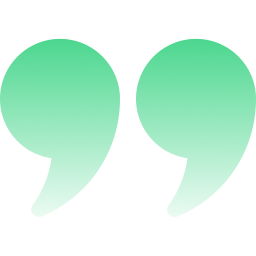Rethinking OSCE Prep: Why VR Is the Missing Piece
Rethinking OSCE Prep: Why VR Is the Missing Piece
Virtual Reality in Healthcare Training is proving to be more than just a modern learning tool; it’s emerging as a game-changer.
Introduction
Objective Structured Clinical Examinations (OSCEs) are the gold standard in evaluating clinical competence, but they’re also among the most anxiety-inducing hurdles for healthcare students. Simply put, OSCEs are high-Stakes, high-Stress, and hard to scale. Traditional preparation often involves time-intensive mock exams, inconsistent feedback, and limited exposure to real-world diversity. This creates a bottleneck in readiness, especially for pre-clinical and nursing students with fewer clinical hours. A recent study by the University of Leicester found that 88% of students found OSCEs more stressful than other assessments due to unfamiliarity and lack of practice. That’s where using Virtual Reality in Healthcare Training is proving to be more than just a modern learning tool; it’s emerging as a game-changer.
VR Enhances Confidence and Understanding
Research shows that VR-based OSCE training delivers measurable benefits. In the Leicester study, pre-clinical students who used VR saw a statistically significant boost in confidence. These students engaged in immersive simulations of OSCE stations, complete with real-time examiner feedback layered into the video. This experience allowed them to better understand where marks are gained or lost, and what examiners expect during assessments. Although anxiety reduction wasn’t statistically significant in the quantitative data, qualitative feedback from students strongly suggested that familiarity with the OSCE format helped lower stress and improve clarity

VR doesn’t just teach; it induces better clinical behavior

From Simulated Practice to Real-World Impact
At MediSim VR, we believe better OSCE performance is only part of the picture. The goal is to build clinicians who carry that confidence into real patient care. VR allows learners to revisit skills, make mistakes in a safe environment, and receive structured, standardized feedback; something that’s often difficult to achieve in live training. It also enables exposure to a broader range of patient cases, including culturally diverse or rare conditions, which traditional mock exams often lack. As a result, VR-trained students walk into clinical settings more prepared, more composed, and more capable of applying theory to practice. In short: VR doesn’t just teach; it induces better clinical behavior.
The Future Is Simulation-Native
What makes VR particularly powerful is its accessibility and adaptability. Students can access the vast library of OSCE modules anytime, with or without the presence of an instructor. Features like pause, replay, and embedded audio tips cater to different learning styles and neurodiverse needs. And unlike one-off mock exams, VR modules can be practiced repeatedly, creating significantly better clinical outcomes. With strong evidence now supporting its efficacy and non-inferiority to traditional methods, VR is poised to become the default training environment for the next generation of healthcare professionals.

To Stay Updated
Latest Blogs
How to Use MediSim VR's Skill Training in Virtual Environment (STRIV) as a Medical and Nursing Student
By KAVYA • 6-minute read
How to Create the Ultimate Protocol Learning Experience
By KAVYA • 5-minute read
Rethinking OSCE Prep: Why VR Is the Missing Piece
By KAVYA • 4-minute read
